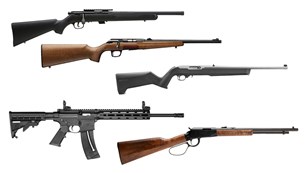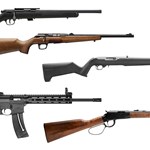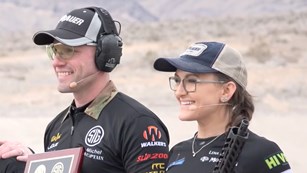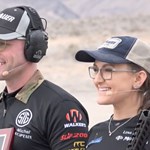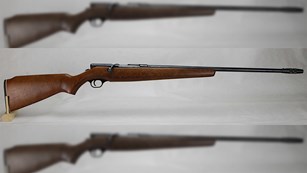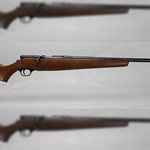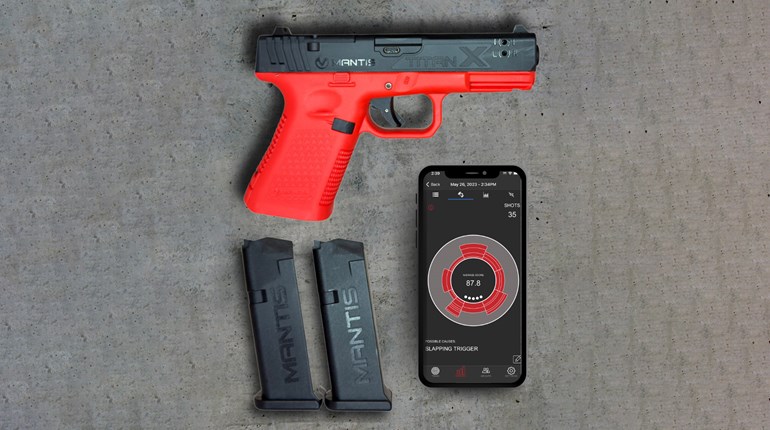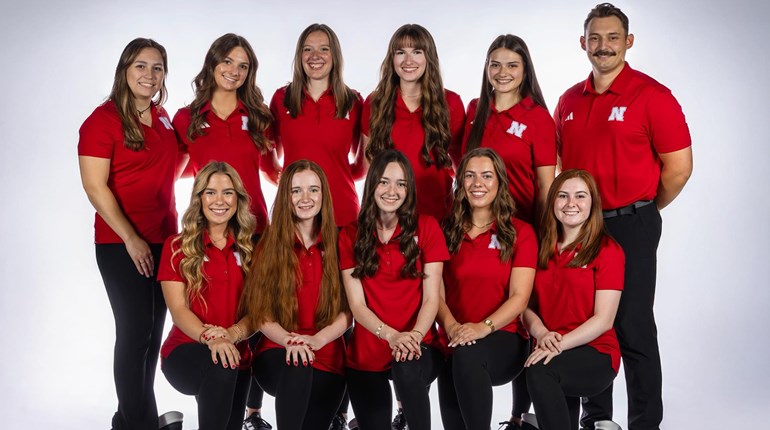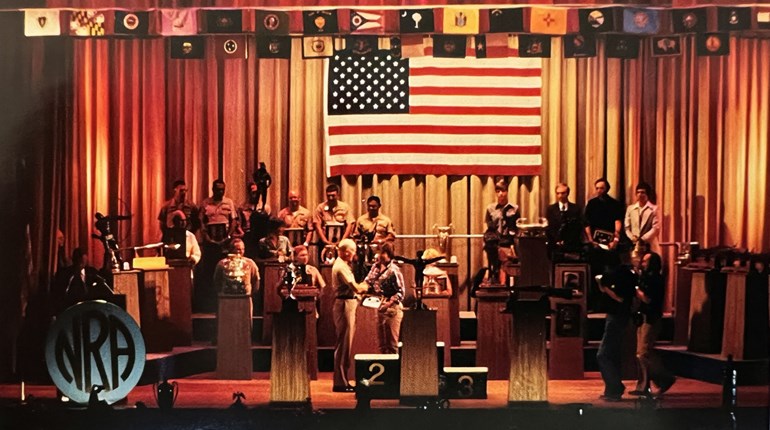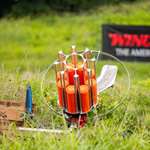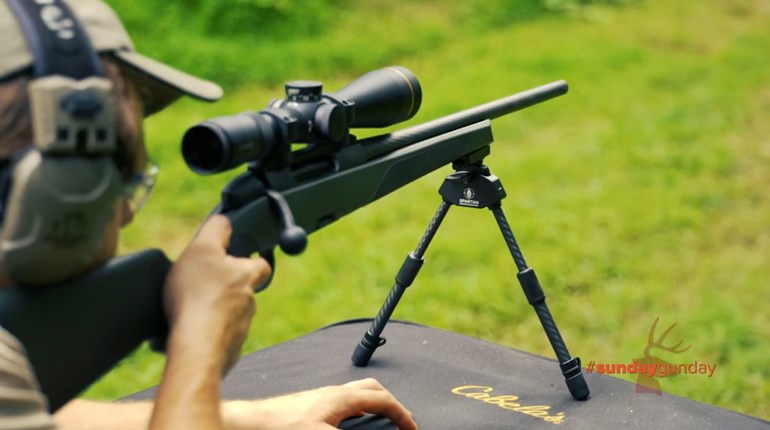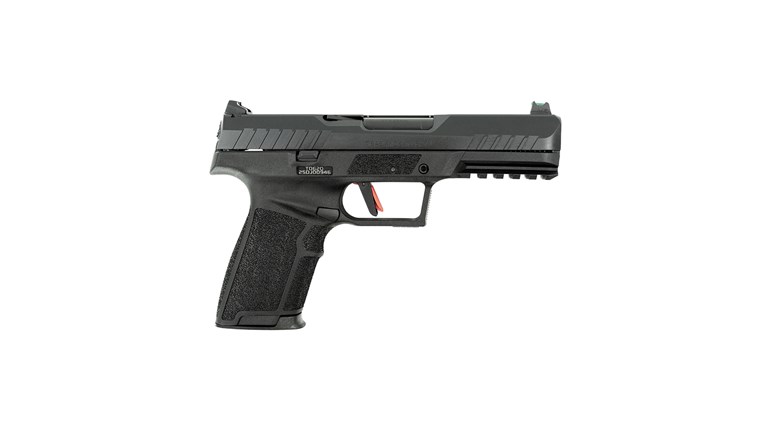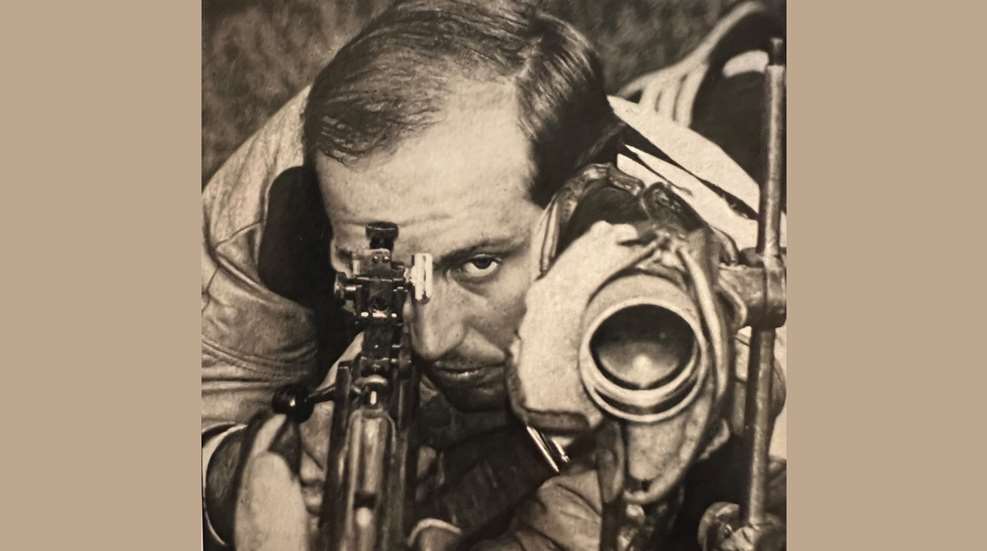
The decade of the 1980s began with a National Match formula based on equal parts newness and familiarity. The first two national titles of the program were awarded to first-time recipients Joe Pascarella in pistol and Ernest Vande Zande in smallbore prone while smallbore position and high power crowns went to Lones Wigger, Jr., and Carl Bernosky, defending champions who fortified their legacies as two of the most decorated National Match shooters during a program that accommodated nearly 3,000 competitors.
Pascarella’s win marked the first time a National Guardsman earned the title of national pistol champion and his 2657 tally included Center Fire Championship and President’s Match honors, the last year for the latter as a National Match Course aggregate before becoming a fired event under National Board sponsorship.
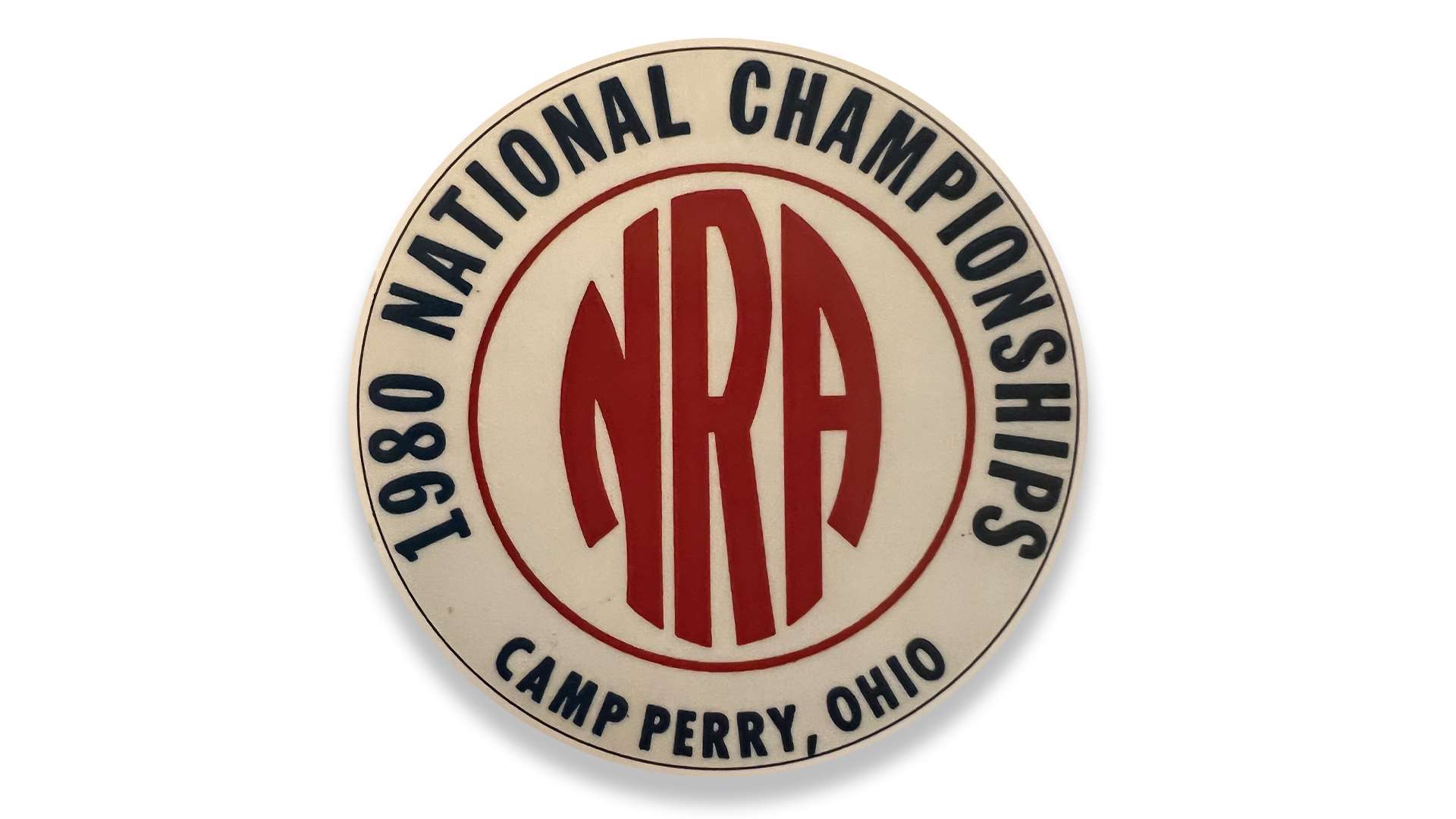
Pascarella’s center-fire score (881-55X) also upped by four Xs the record that Donald Hamilton had held since his remarkable performance in 1969 when his staggering 2668 reset the National Match bar to a level handgunners still reach for. The new champion’s performance was additionally significant in that he topped his handguns with optic sights, making converts out of many who may have doubted the potential of the illuminating device on the sport of pistol shooting.
Also new to the pistol program was the recognition of a junior national champion and Kenneth Swanson earned the inaugural honor with his 2539 score. In other award categories, however, familiarity was the rule. Ruby Fox retained the women’s crown for her third title in five years, John Farley earned his fourth police title and Gil Hebard won his seventh consecutive senior title. In the two National Trophy pistol matches that followed the NRA portion of the program, Army Private Clint Hilbert garnered individual honors while Marines claimed the team title.
The advancements made in smallbore shooting since its National Match inception in 1919 testify to the tremendous growth of the sport. Plants often grow best in a greenhouse and the same might be said for shooting champions. The U.S. Army Marksmanship Unit (USAMU), the nation’s premier “greenhouse” for competitive rifle shooters in Fort Benning, Georgia, that provides Army shooters a controlled atmosphere to train and develop, produced both smallbore prone and position champions this year.
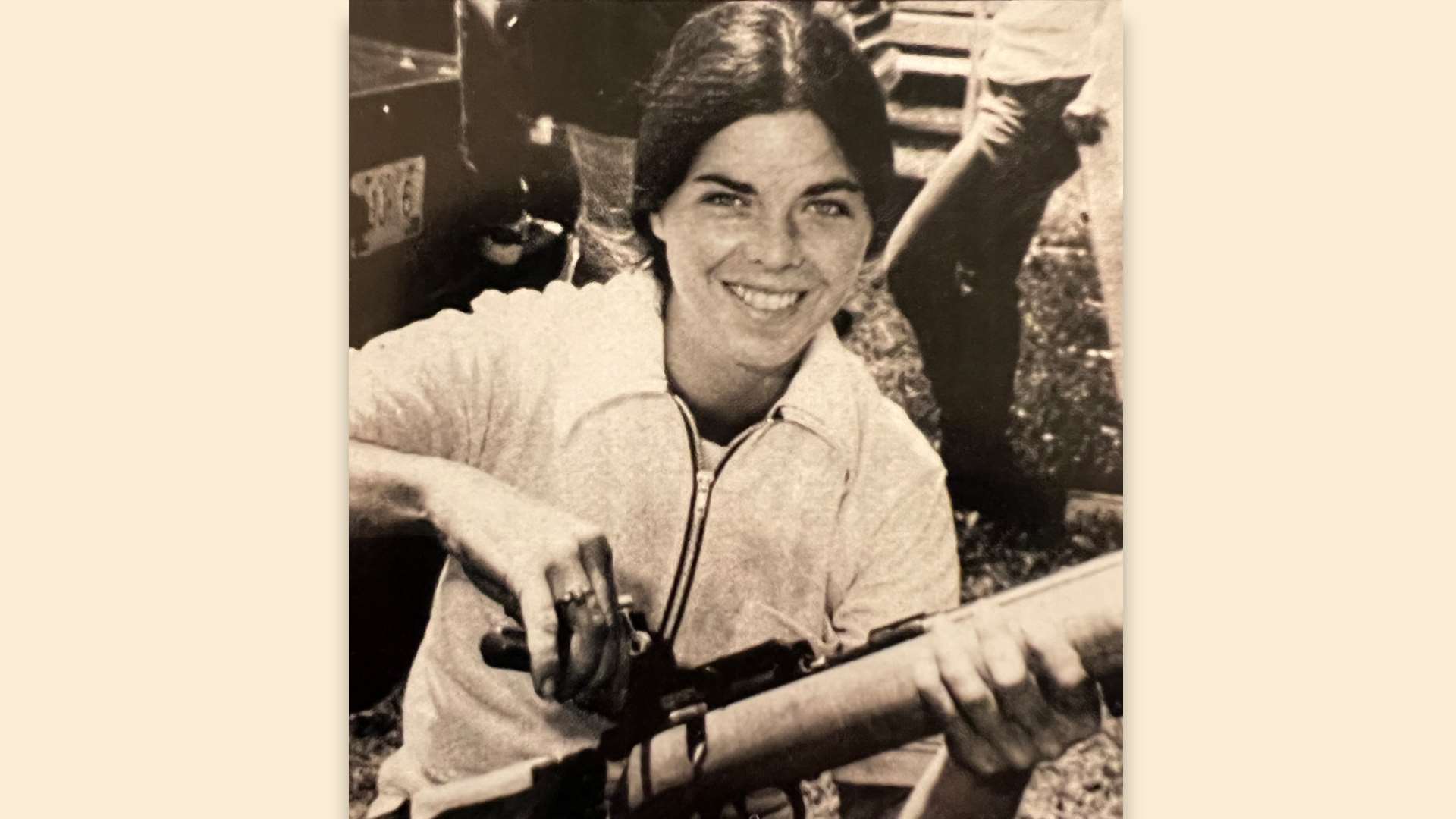
“I came here to win … but I’m already looking forward to next year.”
—Smallbore shooter Richard Hanson in The American Rifleman, October 1980
Prone competition opened with X-count determining the lead, as perfect 1600s were fired by USAMU Capt. Ernest Vande Zande, Richard Hanson and Carl Jooss. Vande Zande emerged the forerunner by one X yet his eventual victory was anything but assured. The notoriously fickle Camp Perry winds took hold soon after to mix things up and it was a converted high power shooter, Marine Gunnery Sgt. Gary Andrade, who shot clean and emerged the iron sight champion with a 3199, followed in order by Hanson, Jooss and Vande Zande.
When the any sight phase began, it was two-time national champion Mary Stidworthy who strutted her stuff by putting all but six shots in the X-ring to smash the any sight championship record by six Xs with a 1600-154X. She could not overcome her metallic sight deficit, however, and as the championship progressed, Vande Zande returned to the fore by a seven-X margin entering the final day. Despite a shot that blossomed in the nine-ring, Vande Zande managed to hang onto his lead and produced a championship score of 6396-571X, one of four 6396s in the contest. Three-time champion Presley Kendall slid into second place with 555 Xs, while Hanson ended up garnering a small place in history as the first person to win the intermediate senior prone title, one of several new National Match categories added this year.
In women’s competition, Stidworthy, Edie Reynolds and Marsha Beasley traded 10s and Xs for four days in a close match-up. But in the end, Stidworthy took the collegiate title on her way to chalking up her fifth consecutive women’s title with an X-count win.
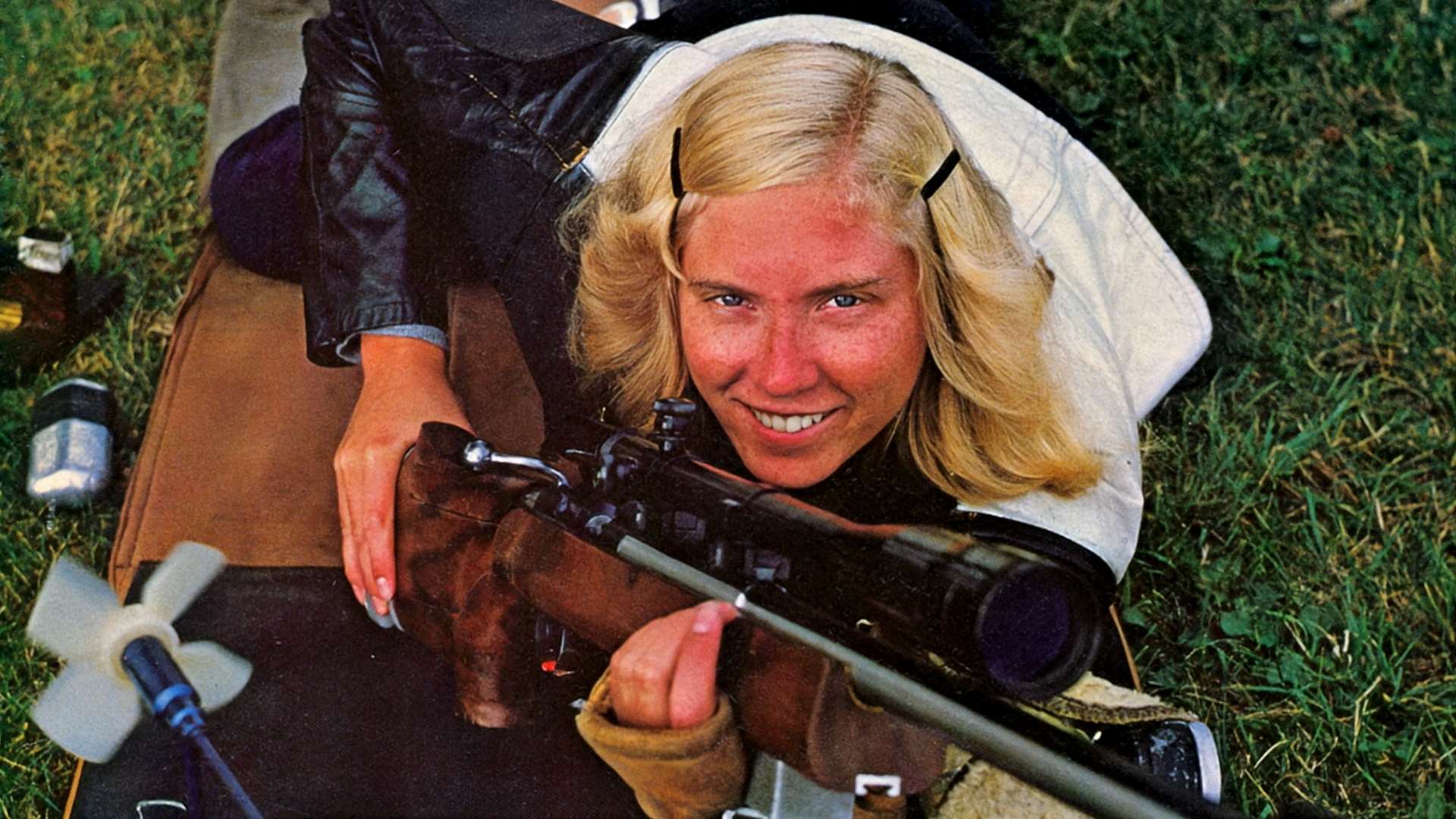
Lones Wigger, Jr., was absent from the last two days of prone as he was called to the White House with other members of the ill-fated 1980 U.S. Olympic Team that fell victim to the boycott of the Moscow Games. His presence was missed during prone but it was surely felt during position. Wigger quickly and decisively took control of the metallic sight match for a commanding lead but any-sight day offered special challenges, particularly to the match director. Faced with a torrential rainstorm, officials reduced the course of fire by half, 20 shots in each position, and delayed the start of the match. While a shortened course of fire might favor luck over consistency, Wigger pounded out a 199 prone, 195 standing and 196 kneeling and walked away with the any sight title and a fifth consecutive position title, his 13th overall since 1963. Fellow USAMU shooter Lt. Denise Cannella took the women’s title and Kurt Fitz-Randolph repeated as both collegiate and junior champion.
Upon the range change in 1980, the Small Arms Firing School and National Trophy matches preceded the NRA high power championship, the first time that all four Board-sponsored rifle events were scheduled at the beginning of the program. Army and Marine shooters split the honors in both individual and team events as USAMU Specialist Greg Strom fired a record 297-10X in the President’s Match, followed by USMC Warrant Officer Robert Busher’s win in the National Trophy Individual Match. Army Reserve Gold then shot its way to the top of the 62-team field for National Trophy Team laurels before the Marines stepped to the fore with its own Gold unit win for the Infantry Trophy plaque.
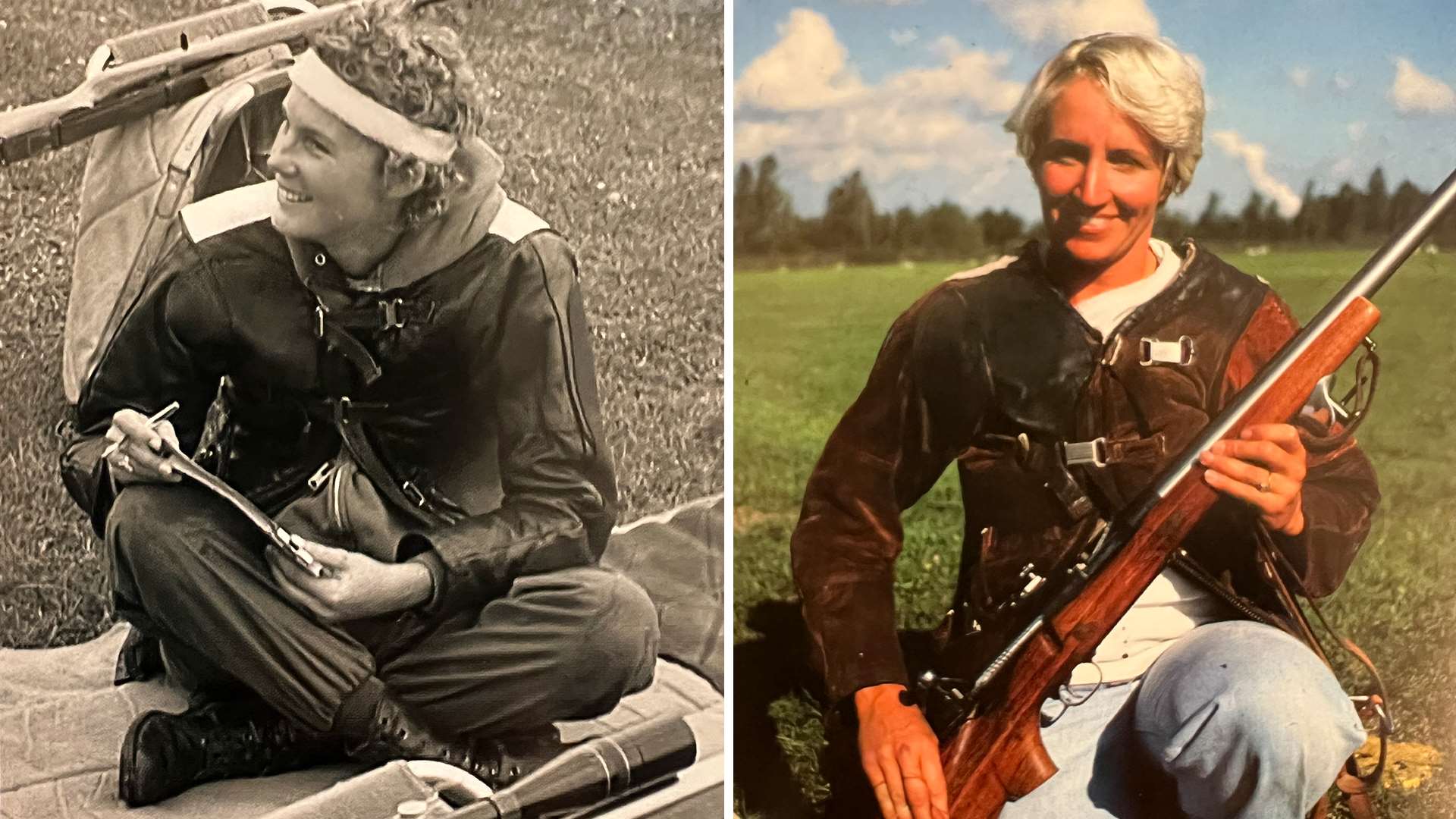
Once match rifles were brought to the firing line for the NRA championship, Carl Bernosky proceeded to capture the Nevada Trophy Aggregate on his way to a winning score that was one point off the record mark he set two years earlier. This year’s total of 2374, however, was distinctive in that it represented Bernosky's fourth straight title—the longest consecutive streak of high power championships in National Match history.
Mark Liebetrau and Gerritt Stekeur returned to the awards podium as the top junior and senior, respectively, while Marine Reservist Anne Joseph earned her first women’s title. Chief Warrant Officer Robert Goller, who won back-to-back service rifle titles in 1970 and 1971, topped the category again in 1980.
Because of the schedule switch that moved all Board rifle matches to the beginning of the high power phase, the 1980 National Match program concluded not with the Infantry Trophy “Rattle Battle” competition of recent years, but with 1,000-yard firing for top honors in the Wimbledon, Farr and Herrick Trophy Matches. Noma McCullough, Marine Sgt. John Johnson and the Washington State Gold team were the respective winners.
Computers at the National Matches
The statistical branch of the National Rifle and Pistol Matches has come a long way since the 1950s when it took 126 people on 24-hour shifts to keep track of the firing activity. Today it takes five or six people working normal hours to do the same job—and do it more accurately.
Before the days of the PC at CP [personal computer at Camp Perry], there was … “The old IBM 36 … it was 900 lbs. … it was huge and it cracked the cement. It was a monstrosity, with 8-inch floppies.”
—Don Ide, former NRA employee, Competitions Division
“When I first got up there in the early 1980s, they were using a Wang computer with two girls entering the data. It went to a huge machine that had to be taken off the truck with a forklift.”
—Bob Piccoli, former NRA employee, Competitions Division

